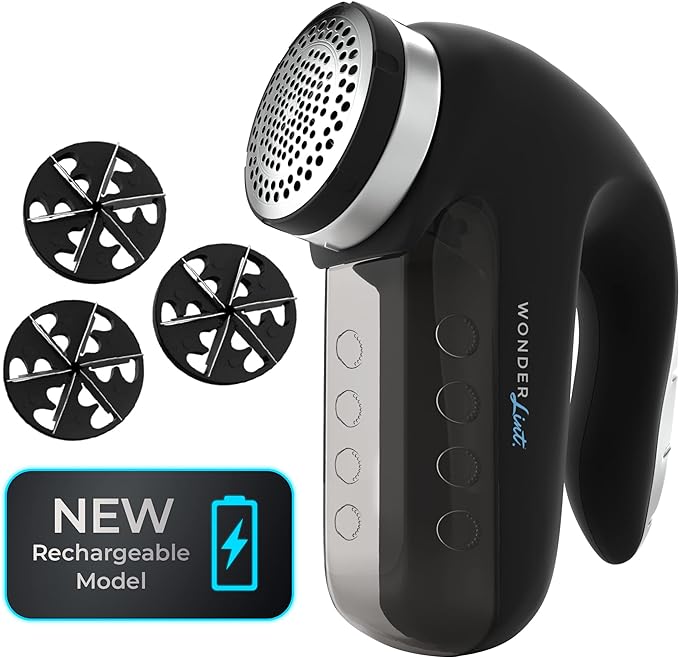Dealing with fabric pilling can be a common concern, but there are effective methods to address this issue. Here are some practical solutions:
Hairball Trimmer: A widely used tool for combating fabric pilling is the hairball trimmer. This small electrical appliance operates on the same power supply, making it convenient and efficient. Given the variation in clothing thickness, general hairball trimmers offer diverse options. Their practicality, convenience, and compact size make them a hassle-free solution—simply plug in and start.
Tape: An age-old method involves using wide tape. Peel it off, wrap it around your fingers, and then roll it over the clothing. This approach is hygienic, convenient, and quick. For stubborn pills, apply tape to the affected area and peel it off.
Anti-static Products: Incorporate anti-static laundry products, such as softeners, into your washing routine. Applying these products before the drying phase can have a positive impact on reducing fabric pilling.
Razor: Shaving with a razor is a tried-and-true method. Flatten the garment and lightly shave over the pills. This technique effectively removes pills and leaves the fabric looking refreshed. Remember to lay the clothing flat before shaving.
Scissors Trimming: Trim fabric pills with scissors, ensuring they are close to the fabric. Take your time to avoid damaging the clothing.
Sandpaper Sponge: Utilize a sponge with sandpaper to clean and smooth the surface of clothing. Rub the sponge up and down to remove hairballs effectively.
Curling Iron: Lay the garment flat on a table, pull it tight, and place the roller where the pills are. Gently roll until the hairballs are removed.
Sweater Stone: Specifically designed for removing hairballs and threads from sweaters, the sweater de-balling stone has a stone-like texture. It can effectively and securely remove fuzz, fluff, and velvet balls from various fabrics, giving clothes a fresh appearance.
Usual Maintenance: Reduce friction to minimize pilling. Avoid direct back-and-forth movements between sleeves and the body. Refrain from packing bags tightly to prevent increased friction and subsequent pilling. For those who wear stockings, avoid wearing them under the bed or playing with them on the sofa to prevent pilling.
Pay Attention to Purchase: Choose clothes with fabrics that resist pilling. Opt for natural fibers such as cotton, linen, and cloth. When selecting wool, go for fine wool (cashmere type), mercerized wool, and Tencel wool to minimize the risk of pilling.
Remember, regular maintenance and thoughtful fabric choices can significantly reduce fabric pilling, keeping your clothes looking fresh and new.

